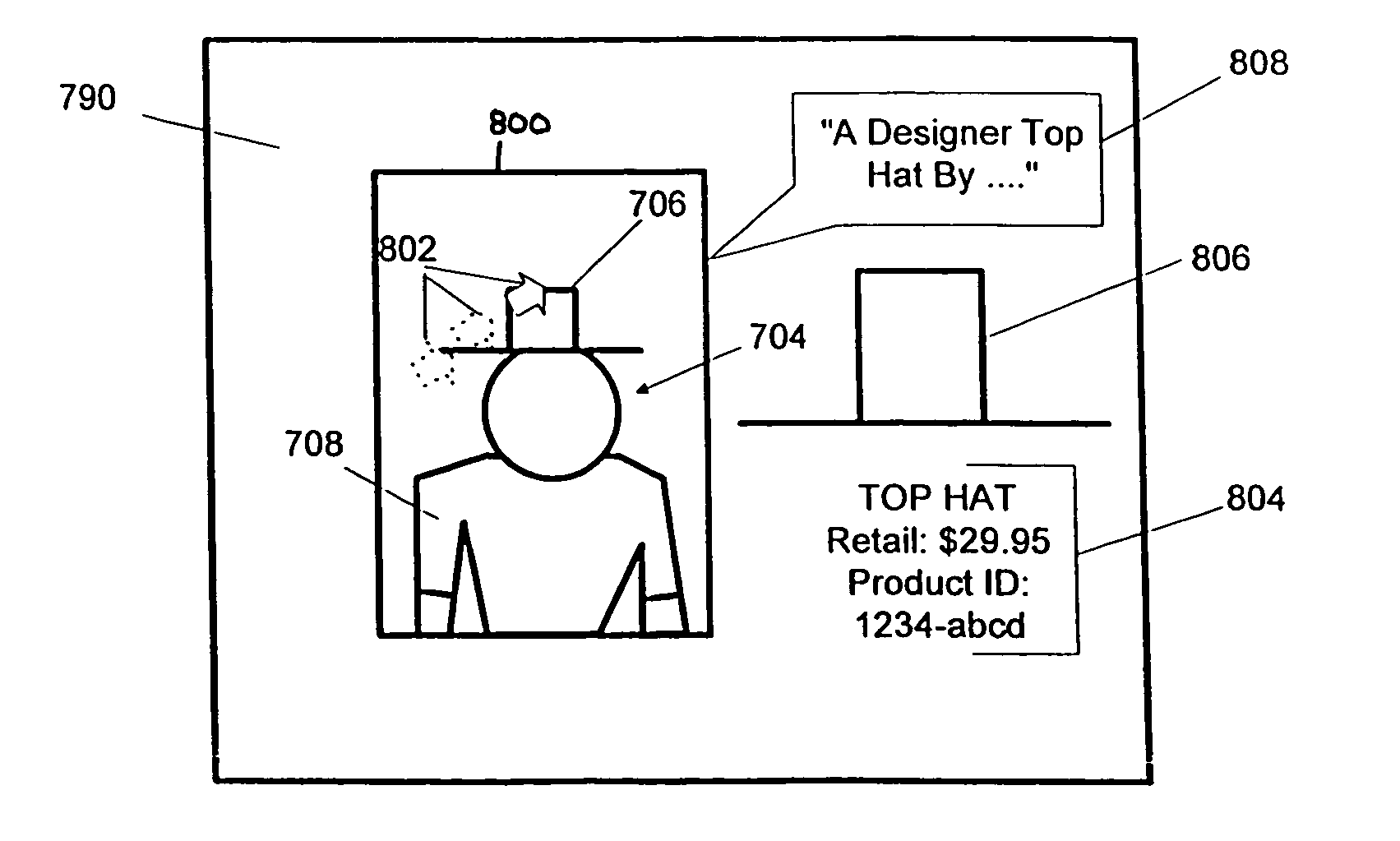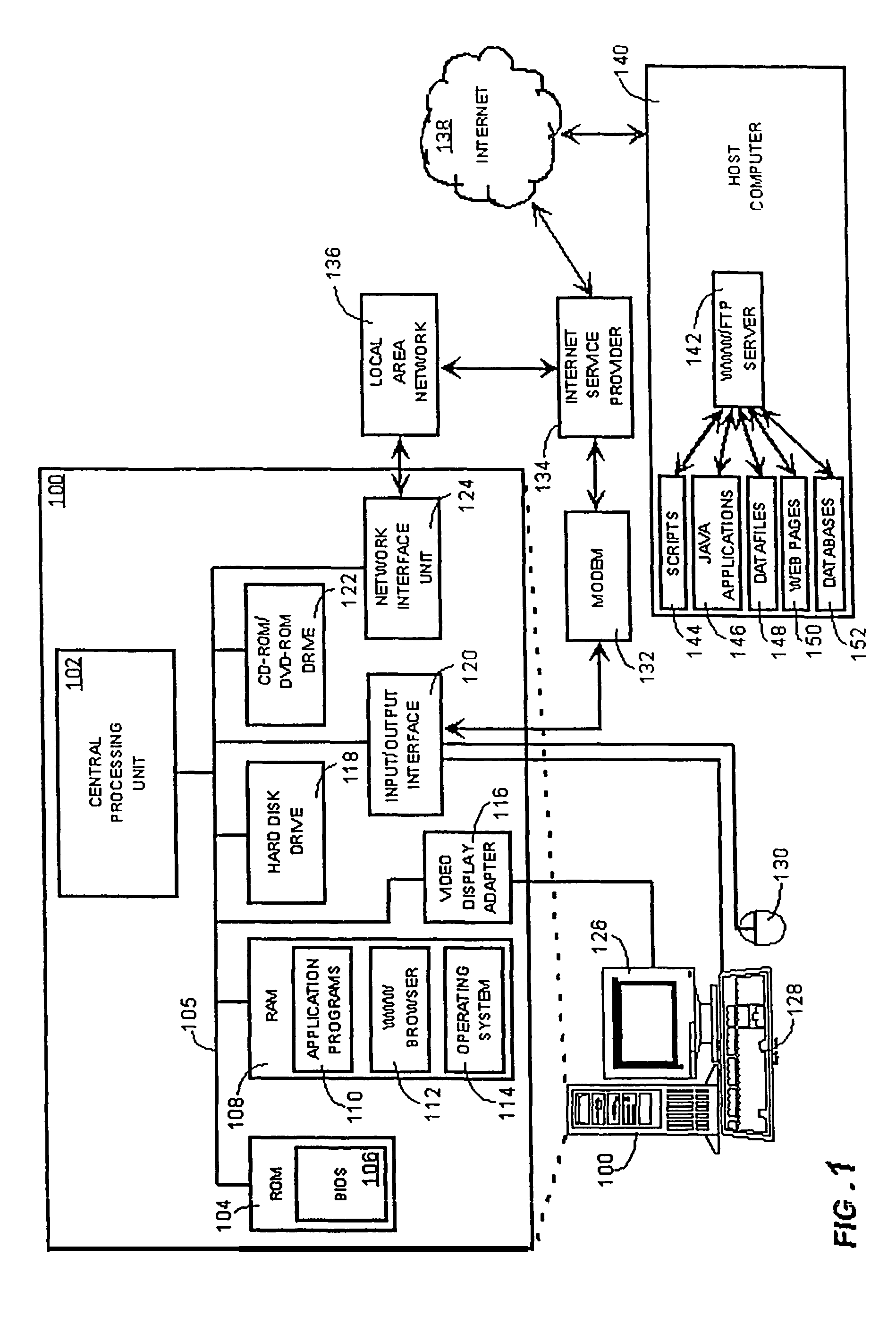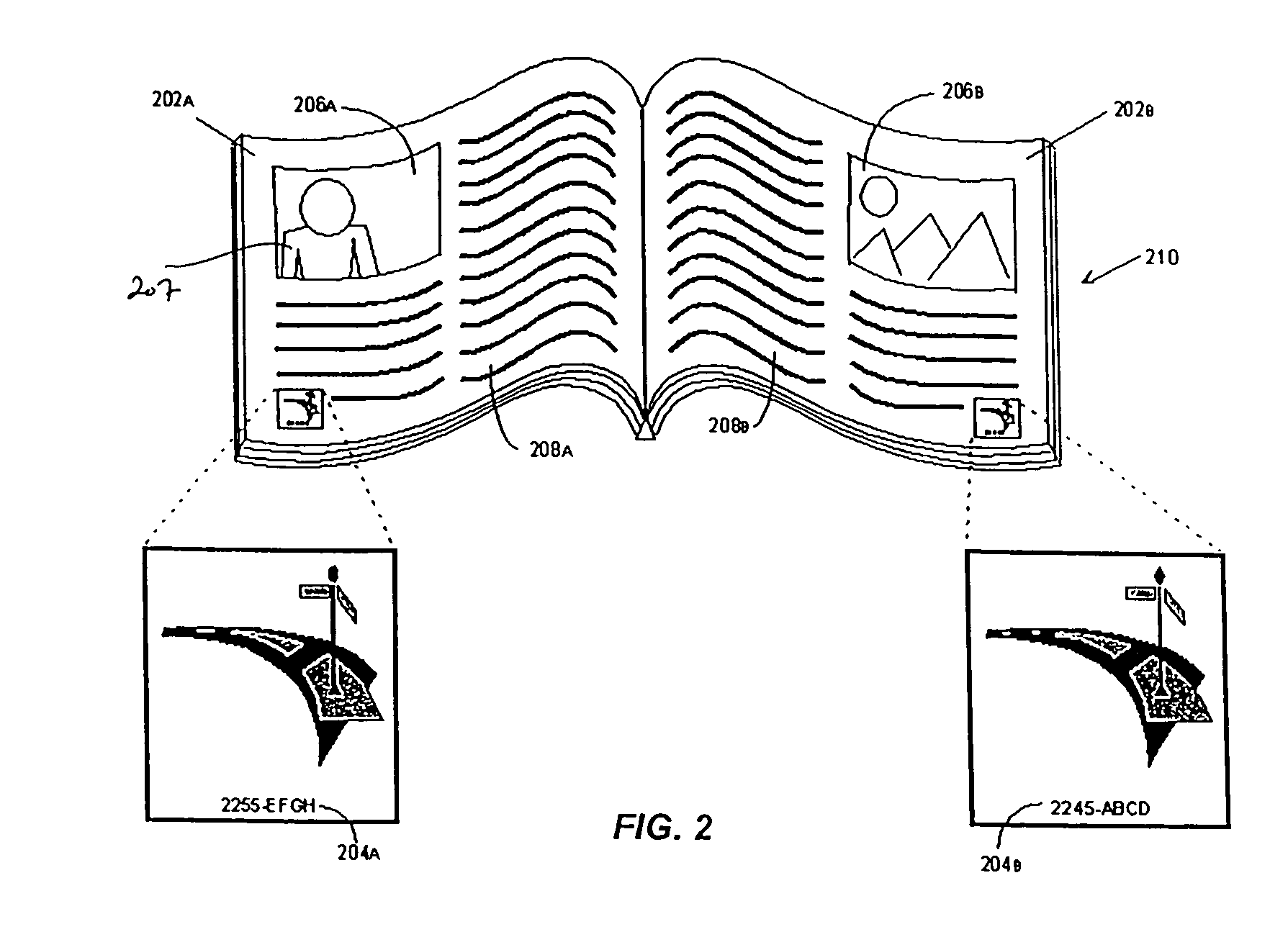Method for determining effectiveness of display of objects in advertising images
- Summary
- Abstract
- Description
- Claims
- Application Information
AI Technical Summary
Benefits of technology
Problems solved by technology
Method used
Image
Examples
first embodiment
[0137 of Child Object Region Screen Mapping Process
[0138]FIG. 13 illustrates a first embodiment of the computer implemented process for routine 8100 of FIG. 12, in which the child object region is identified within the object image with a screen interface device. Routine 8100A begins in step 8110A in which the process detects a first activation of a screen interface device and then stores the coordinates of a screen pointer. In step 8120A, the process detects a second activation of the screen interface device and stores the coordinates of the screen pointer upon this activation. In other words, when a user makes a first mouse “click,” the process stores the coordinates of the mouse pointer at this time. When the user makes a second mouse “click”, the process stores the coordinates of the mouse pointer at this time.
[0139]Following steps 8120A, in step 8130A, it is determined whether the coordinates are acceptable to the user. If the inquiry to decision step 8130A is positive, then th...
second embodiment
[0141 of Child Object Region Screen Mapping Process
[0142]FIG. 14 illustrates a second embodiment of the computer implemented process for routine 8100 of FIG. 12 in which the process prompts the user to identify child object regions within the parent object image. Routine 8100B begins in step 8110B in which the process detects a first activation of a screen interface device and stores the coordinates of the screen pointer. In step 8120B, the process detects movement of the screen pointer and simultaneously displays a geometrical outline corresponding to movement of the screen pointer.
[0143]Following step 8120B, in step 8130B, the process detects deactivation or release of a screen interface device and stores the coordinates of the screen pointer at this time. In other words, in this routine 8100B, a user can identify a child object region with just one mouse “click” and “drag” of a screen pointer.
[0144]Following step 8130B, in decision step 8140B, it is determined whether the stored ...
PUM
 Login to View More
Login to View More Abstract
Description
Claims
Application Information
 Login to View More
Login to View More - Generate Ideas
- Intellectual Property
- Life Sciences
- Materials
- Tech Scout
- Unparalleled Data Quality
- Higher Quality Content
- 60% Fewer Hallucinations
Browse by: Latest US Patents, China's latest patents, Technical Efficacy Thesaurus, Application Domain, Technology Topic, Popular Technical Reports.
© 2025 PatSnap. All rights reserved.Legal|Privacy policy|Modern Slavery Act Transparency Statement|Sitemap|About US| Contact US: help@patsnap.com



